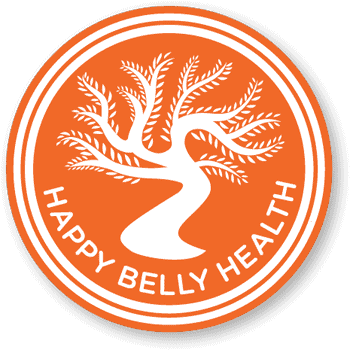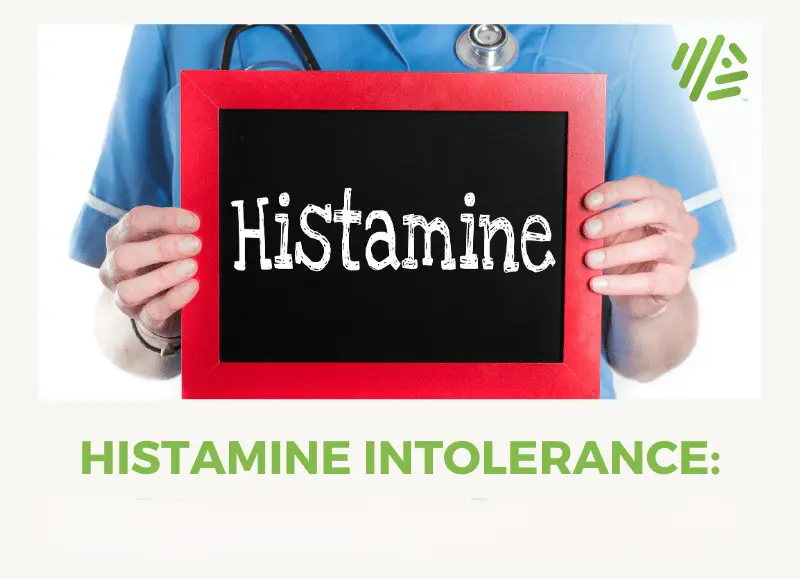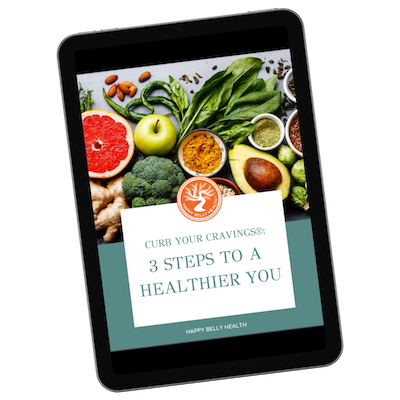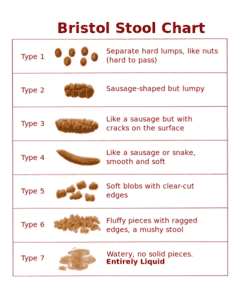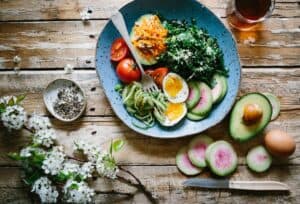Histamine as an Inflammatory Mediator
Histamine is an inflammatory mediator that helps the immune system respond to threats like infections and allergies (the body’s “imagined” threats).
When histamine is released, capillaries dilate to increase circulation and become more permeable, allowing white blood cells to reach the affected area. This process is beneficial when well-managed within the body.
What is Histamine Intolerance?
As with many bodily functions, an excess of histamine can become problematic or even life-threatening. Histamine intolerance occurs when the body becomes overwhelmed, and the amount of histamine exceeds our ability to break it down (detoxify it).
Histamine comes from various sources:
- Externally: Primarily from our foods.
- Internally: Produced in response to immune threats, and some gut microbes produce it as part of their normal metabolism.
In a healthy, balanced body:
- An enzyme in the GI tract (DAO, diamine oxidase) manages histamine from food.
- Another enzyme system handles intracellular histamine (histamine N-methyltransferase or HNMT).
Both enzyme systems require B vitamins and minerals as cofactors, and methylation is necessary to reduce intracellular histamine. Suboptimal Vitamin D and zinc can also lead to immune system dysregulation.
Identifying Histamine Intolerance
There is no single lab marker or panel that can readily identify histamine intolerance. However, you can ask your doctor to test for total IgE antibody levels in the blood, indicating the immune system’s readiness to secrete histamine.
Histamine intolerance can result from:
- Strong sensitivity (high release)
- Poor detoxification ability (accumulation over time)
Experimenting with a Low-Histamine Diet
To determine if you struggle with histamine intolerance:
- Implement a low-histamine diet for two weeks.
- Take DAO supplements with meals.
Foods High in Histamine Include:
- Dairy foods (especially cheese)
- Processed lunch meats
- Beer and wine (especially red wine)
- Foods made with yeast (e.g., bread)
- All fermented/cultured foods
- Vinegars
- Anchovies
- Avocado
- Canned fish (e.g., sardines)
Certain foods promote histamine release without containing high levels themselves, such as chocolate, eggs, and bananas. High-protein diets can also contribute, as the amino acid histidine converts to histamine in the body.
If histamine intolerance is an issue, significant relief should occur within the two-week experimental period. A low-histamine diet does not need to be 100% implemented; 85% adherence is sufficient for a valid elimination trial.
Common Contributors to Histamine Intolerance Include:
- Low adrenal function (low cortisol leading to more Th2 hyper-reactivity)
- Microbial imbalance/overgrowth in the gut (dysbiosis)
- Excessive protein intake
- Insufficient levels of key immune system nutrients (e.g., Vitamin D, Zinc, Copper, B vitamins)
- Toxic environment/burden
- Chronic stress or lack of sleep
- Chronic, long-term use of antihistamine drugs (which can increase sensitivity)
Some people may have histamine intolerance due to genetic factors, such as impaired methylation or production of DAO or HNMT. Supplements can help overcome these genetic predispositions.
A useful way to find out if you have single nucleotide polymorphisms (SNPs) in these and other genes is through specialized service.
